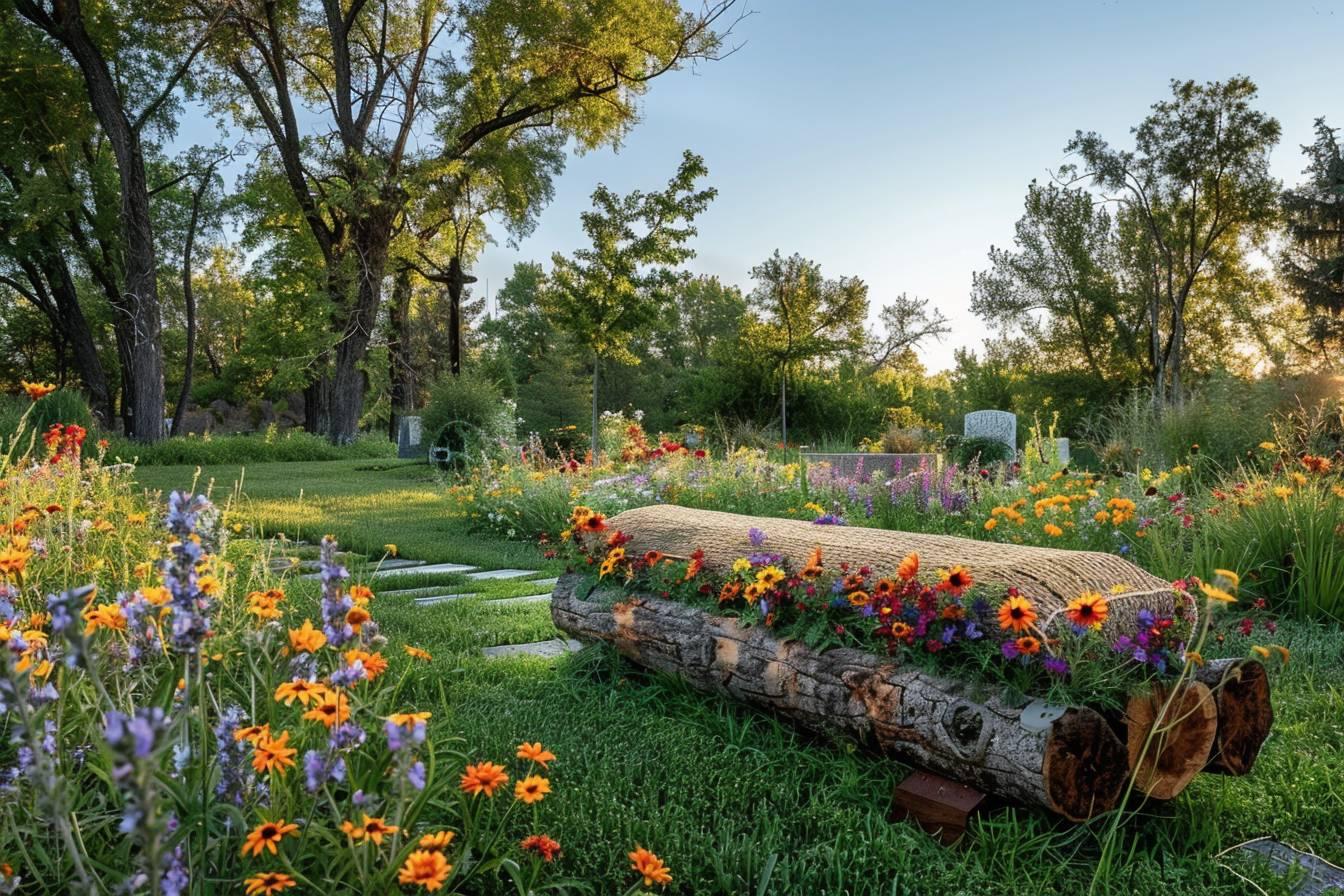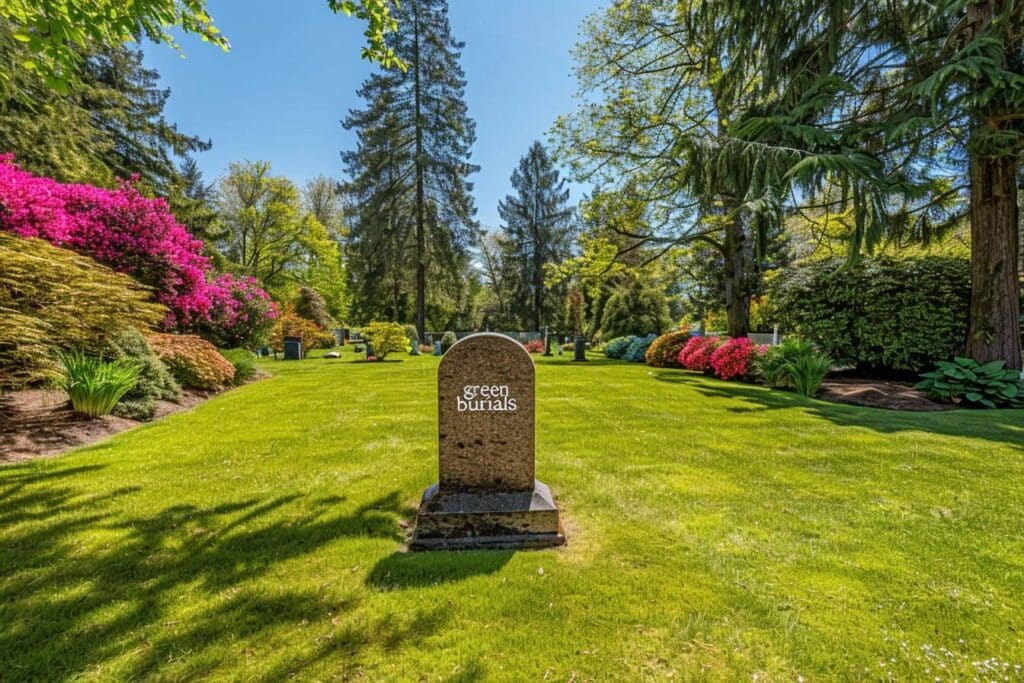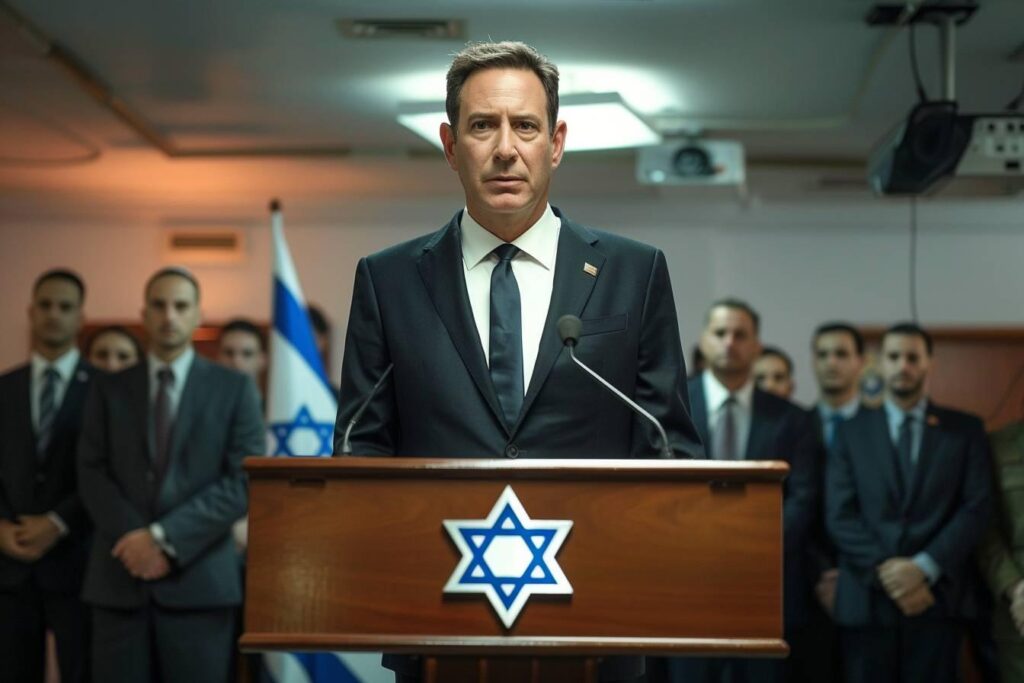Embracing Earth: The Rise of Green Burials in Wisconsin’s Jewish Community

In the serene landscapes of Wisconsin, a quiet revolution is taking place at Greenwood Cemetery. Here, the age-old tradition of burial is being reimagined through the lens of environmental sustainability. Known as green burials, these practices are not just about returning to the earth; they’re about doing so in a way that honors both religious traditions and our planet’s future.
The Genesis of Green Burials at Greenwood
The journey towards green burials at Greenwood Cemetery began with a series of discussions among local rabbis at the Wisconsin Council of Rabbis. Motivated by a commitment to environmental stewardship and Jewish burial traditions, these leaders spearheaded an initiative that would soon lead to the establishment of Prairie Green, a dedicated area for green burials within the cemetery.
In 2014, the board of Greenwood Cemetery embraced this vision by passing a motion to create Prairie Green. This decision marked a significant shift away from conventional burial practices, which typically involve materials that are not biodegradable.
What Makes a Burial ‘Green’?
A green burial eschews the use of vaults—commonly made from metal or concrete—which prevent coffins from sinking but do not decompose. Instead, everything used in a green burial is biodegradable. This includes:
- The coffin, which can be made from materials like wood or cardboard
- The absence of embalming fluids, which are replaced with natural alternatives
- Any personal items or adornments on the deceased, which must also be biodegradable
Rather than individual grave markers, Prairie Green uses a communal “naming boulder” where families can inscribe the names and dates of their loved ones. This method not only reduces the environmental impact but also fosters a sense of community and collective memory among those who choose green burials.
Technological Integration and Religious Considerations
Greenwood Cemetery incorporates modern technology to aid in grave location. Families can use GPS technology to find their loved ones’ resting places without the need for traditional headstones. This feature is particularly important in maintaining the natural aesthetics and integrity of the green burial site.
While Greenwood Cemetery is open to individuals of all faiths, it maintains specific guidelines to respect its foundational Jewish heritage. Non-Jews can be buried here provided that the plot owner is Jewish and non-Jewish religious symbols are not displayed.
Rabbinical Support and Cultural Resonance
Rabbi Dena Feingold, one of the proponents of green burials at Greenwood, emphasizes that this method aligns closely with Jewish burial traditions. In Israel, for example, it is common for the deceased to be buried only in shrouds, underscoring the simplicity and naturalness that green burials strive to achieve.
“A green or natural burial is not just an environmentally friendly choice,” Rabbi Feingold explains. “It’s a return to our roots—both as Jews and as stewards of God’s creation. It resonates deeply with our values of humility and respect for the earth.”
Community Response and Future Prospects
The introduction of green burials has been met with increasing interest from both the Jewish community and beyond. More people are purchasing lots at Prairie Green, drawn by its eco-friendly promise and its fidelity to spiritual values.
This growing trend reflects a broader shift in societal attitudes towards death and afterlife care—a move towards practices that are sustainable and meaningful. As more communities observe the benefits of green burials, such practices are likely to gain further traction, possibly setting new standards for cemeteries everywhere.
Conclusion: A Testament to Tradition and Innovation
Greenwood Cemetery’s embrace of green burials stands as a testament to how tradition and innovation can coexist harmoniously. By blending ancient Jewish burial customs with modern ecological principles, Prairie Green offers a dignified, respectful way to say goodbye to loved ones while affirming life through environmental conservation.
In Wisconsin and beyond, this initiative serves not only as a model for other religious communities but as an inspiring example of how we can honor our past while protecting our future. As we look towards more sustainable practices in all aspects of life, green burials remind us that even in death, there are opportunities to celebrate life and nurture the world around us.



